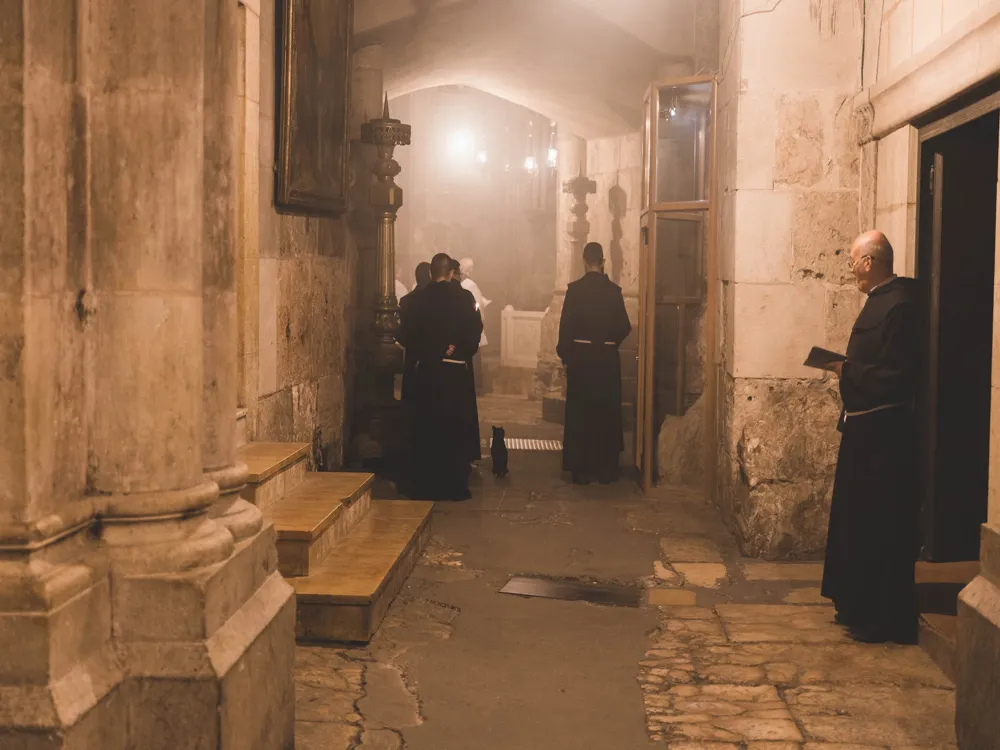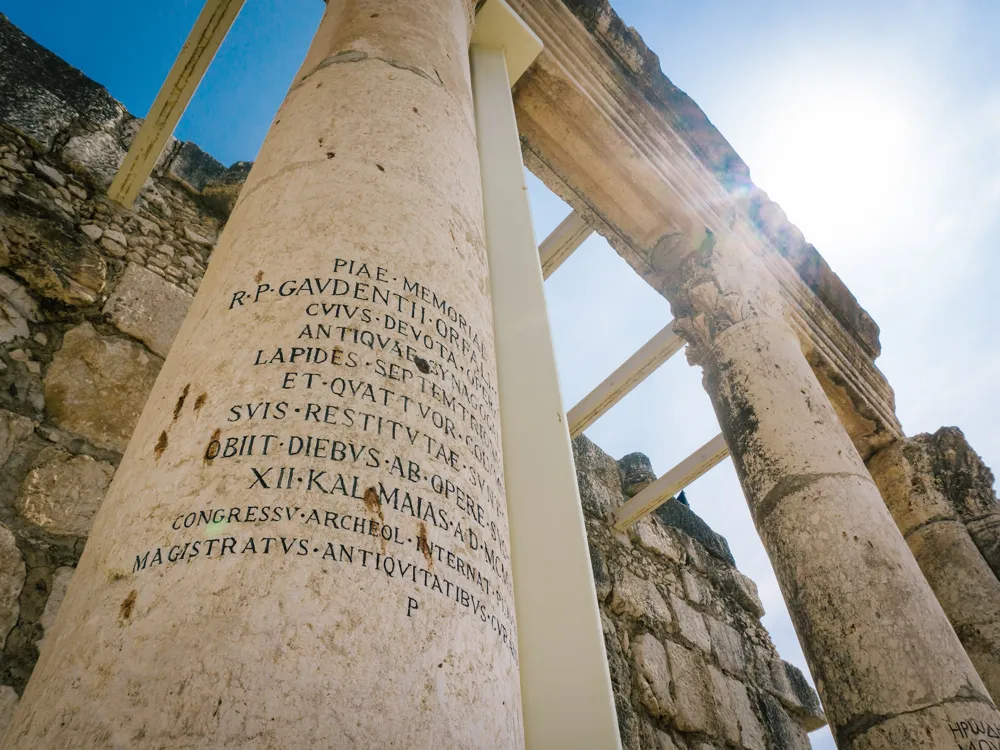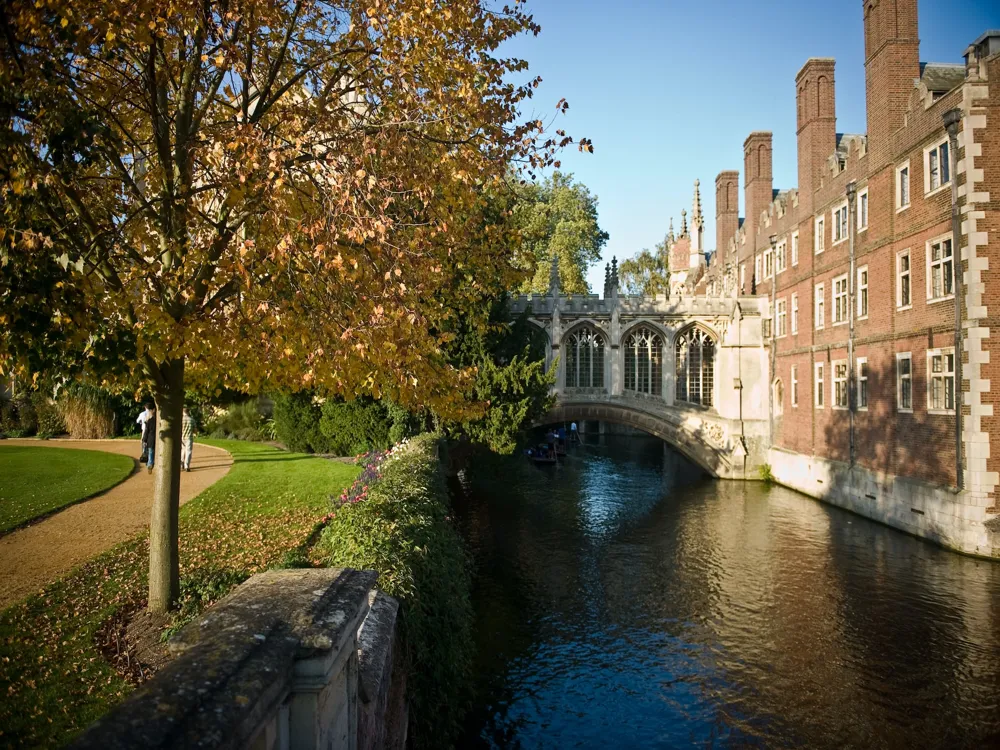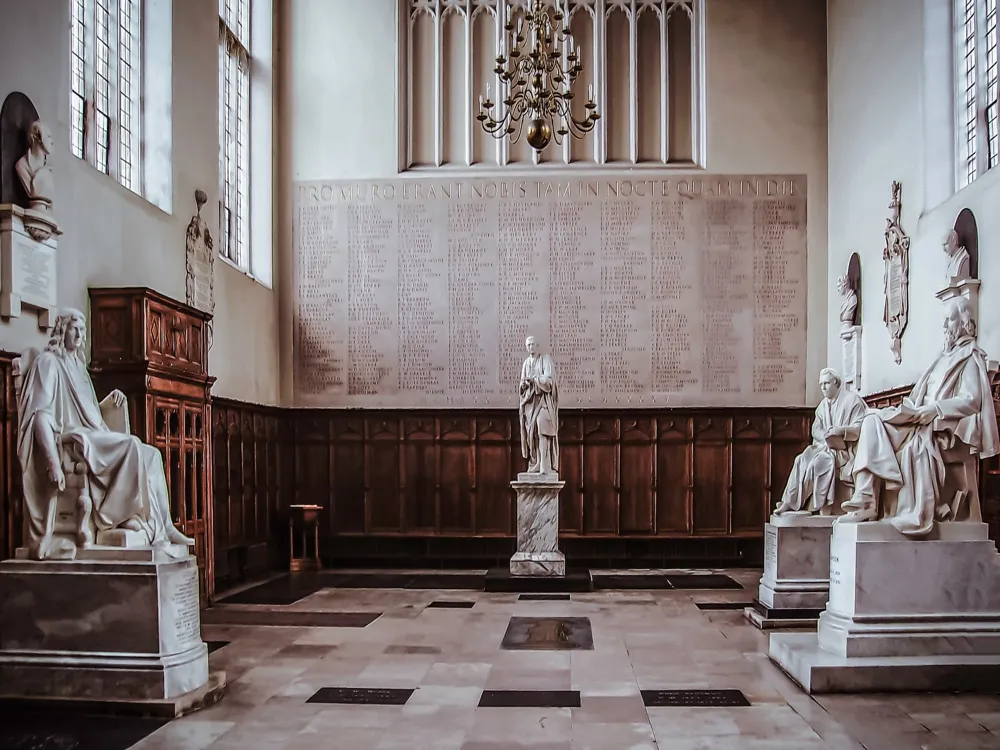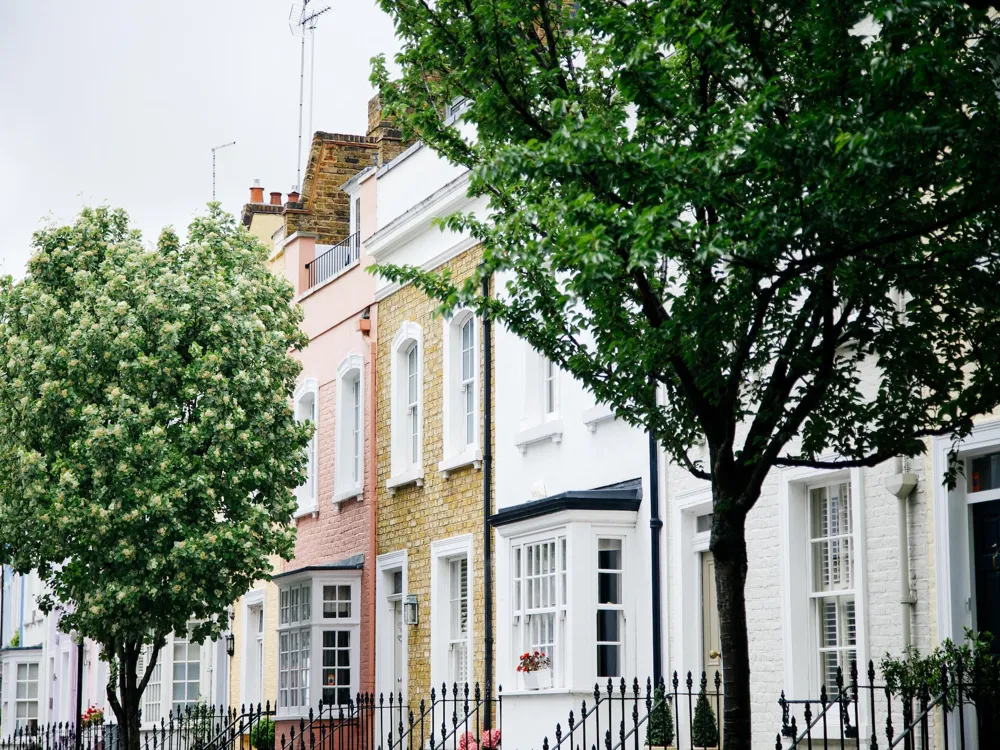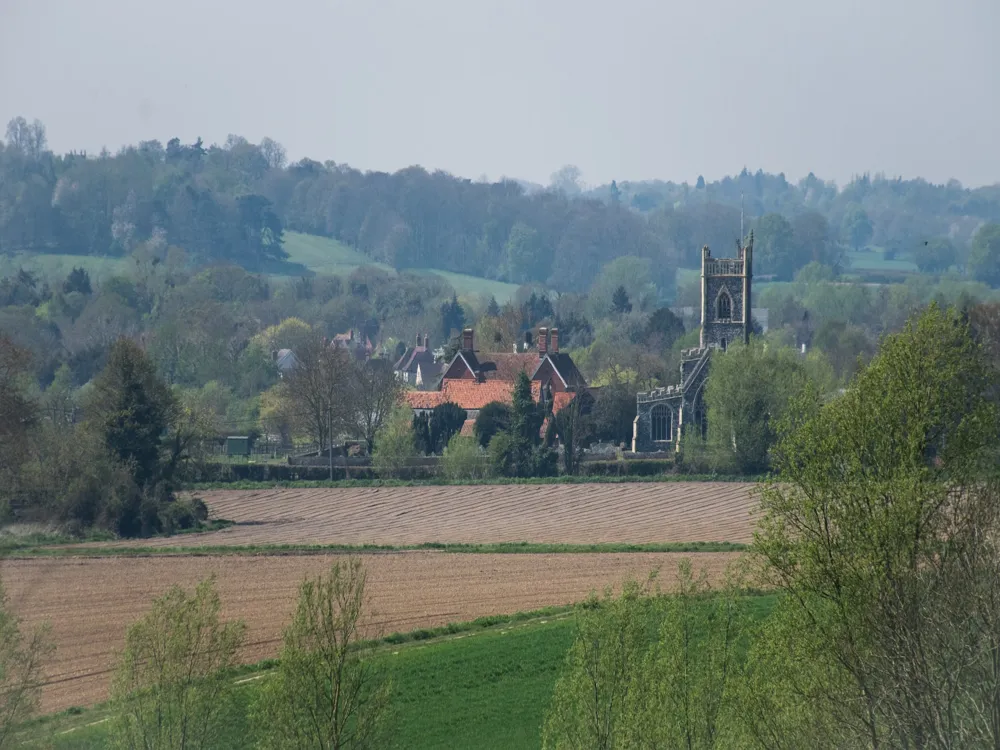The Ramparts Walk in Jerusalem is a journey through history and culture, offering an extraordinary perspective of the ancient city. Tracing the walls of the Old City, this elevated path provides a unique vantage point to view the urban landscape. The walls, built in the 16th century by Suleiman the Magnificent, encircle the old city, and the walk along these ramparts is divided into two sections: the Northern Rampart and the Southern Rampart. Each section reveals different aspects of Jerusalem's multifaceted past and present. As you embark on the Northern Rampart, you'll encounter stunning views of the Christian and Muslim Quarters. This route starts at the Jaffa Gate, meandering through the New Gate, and Damascus Gate, and ending near the Lions' Gate. Along the way, you're treated to aerial views of the bustling markets, ancient architecture, and sacred sites like the Dome of the Rock. The Southern Rampart, starting at the Tower of David, offers panoramic views of the Armenian and Jewish Quarters, culminating near the Western Wall. This path unveils the historical layers of the city, from Herodian streets to Ottoman-period structures. The architecture of the Ramparts Walk in Jerusalem is a testament to the city's rich history and cultural diversity. The walls, stretching approximately 4.5 kilometers, exhibit a mix of various architectural styles, reflecting the different periods and rulers that have shaped Jerusalem. The fortifications, primarily from the Ottoman era, showcase characteristics typical of medieval military architecture, such as battlements, watchtowers, and fortified gates. The Ramparts themselves are a marvel of engineering. Constructed with large, hewn stones, the walls have withstood centuries of conflict and weathering. The walkways atop the walls vary in width and are lined with parapets, providing safety for visitors as they navigate the path. Each gate along the walk, including the iconic Jaffa Gate and Damascus Gate, has its unique architectural features and historical significance. Intricate carvings, inscriptions, and distinct architectural elements at each gate tell a story of the city's past rulers and inhabitants. Early morning or late afternoon is ideal to avoid the heat and the crowds. Spring and autumn offer pleasant weather. Comfortable walking shoes are a must. Dress modestly, respecting the cultural and religious significance of the area. Stay on the marked path, watch your step, and be mindful of uneven surfaces and low-clearance areas. Carry a lightweight camera. Use the golden hour for stunning shots of the cityscape. Respect privacy in sensitive areas. Parts of the Ramparts Walk may be challenging for those with mobility issues. Check accessibility options in advance. The Ramparts Walk can be accessed from several points in the Old City of Jerusalem. The main entry points are the Jaffa Gate and the Damascus Gate. Public transportation is a convenient option, with buses and light rail stops nearby. For those driving, parking can be found outside the Old City walls. It's advisable to use a navigation app to find the most efficient route to the gates, considering the often busy traffic conditions in Jerusalem. Once at the gates, signage and visitor guides are available to help navigate to the Ramparts Walk entrances. Admission fees apply, and tickets can be purchased at the gate entrances. Keep in mind that each section of the walk has separate entry points and tickets. Read More: Overview of the Ramparts Walk in Jerusalem
Architecture of the Ramparts Walk
Tips When Visiting the Ramparts Walk
Best Time to Visit
What to Wear
Safety Considerations
Photography Tips
Accessibility
How to Reach the Ramparts Walk
Ramparts Walk
Jerusalem
₹ 50,300 onwards
View jerusalem Packages
Weather :
Tags : Monument
Timings : October - March:
Saturday - Thursday: 9:00 AM - 4:00 PM,
April - September:
Saturday - Thursday: 9:00 AM - 5:00 PM,
Friday: 9:00 AM - 2:00 PM
Entry Fee : Adult - NIS 16,
Child - NIS 8
Planning a Trip? Ask Your Question
Jerusalem Travel Packages
View All Packages For Jerusalem
Top Hotel Collections for Jerusalem

Private Pool

Luxury Hotels

5-Star Hotels

Pet Friendly
Top Hotels Near Jerusalem
Other Top Ranking Places In Jerusalem
View All Places To Visit In jerusalem
View jerusalem Packages
Weather :
Tags : Monument
Timings : October - March:
Saturday - Thursday: 9:00 AM - 4:00 PM,
April - September:
Saturday - Thursday: 9:00 AM - 5:00 PM,
Friday: 9:00 AM - 2:00 PM
Entry Fee : Adult - NIS 16,
Child - NIS 8
Planning a Trip? Ask Your Question
Jerusalem Travel Packages
View All Packages For Jerusalem
Top Hotel Collections for Jerusalem

Private Pool

Luxury Hotels

5-Star Hotels

Pet Friendly







